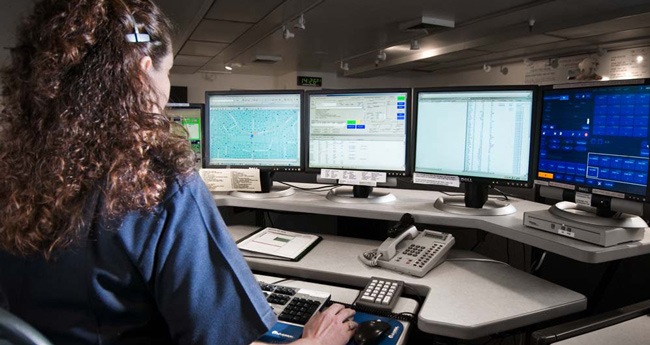
Tim Riecker's Best Practices for the New Year
Tim’s Thoughts on Emergency Management, Homeland Security, and Training
Situation reports or SitReps have a great deal of importance in conveying information on an incident or event to a variety of stakeholders. Having worked for many years as a Planning Section Chief in a State EOC and county and local EOCs and command posts on a variety of incidents and events; well structured, well written, and relevant SitReps have become a bugaboo of mine. SitReps are intended to provide a snapshot of a common operating picture for stakeholders involved in the incident or event. Creation of a SitRep should be viewed as a process, similar to incident action planning.
The information contained in a SitRep provides them with the information they need to know to perform their duties in support of the incident. Keep in mind that stakeholders may not be involved in the operations or support of an incident but still need to have awareness as they may be impacted. A series of SitReps can also contribute greatly to the historical record of the incident or event.
Looking into the New Year and toward your next incident and event, I’ve provided some things I’ve learned along the way which can bake your situation reporting more effective and meaningful.
Defining the Audience
In the first step to building a benchmark SitRep, regular readers of my blog will recognize one of my common themes – identifying needs. Just as we do in training, we need to be aware of who are audience is what their needs are. The primary purpose of a SitRep is to meet the information needs of your audience.
Who are the stakeholders that see your SitReps? Are they operators, decision makers, or executives? Generally, based on these three categories, here is the information they need:
Operators. These are the folks who are ‘boots on ground’ getting the work done. While they might love to see detail of what is going on throughout the incident or event, they don’t NEED this information as it can, in fact, be simply distracting to them. Very rarely are SitReps geared toward this audience as you want them tactically focused on the tasks they are assigned to. Usually a brief incident summary satisfies their limited need to have a bigger picture of what is occurring. Those who are managing them should be providing them with the information they need to know.
Decision makers. Decision makers are found at many levels throughout an incident structure. They may be task force or strike team leaders, division or group supervisors, facility managers, branch directors, section chiefs, functional managers of agencies or departments, or others functioning in similar capacities. Decision makers have the greatest functional information need. The information being provided to this group strongly supports their role in the incident, the planning and management of the incident, and the safety of personnel. The information provided to them should have some degree of operational detail and should include information on hazards and safety issues as well as potential problem areas.
Executives. This category includes chief elected officials, high level appointed officials, and organizations with ancillary involvement. Executives are of course decision makers in their own right, but aren’t often involved at the level of detail of the decision makers discussed above. Generally executives don’t require a great degree of operational detail, but they do like numbers and statistics. Like the decision makers, they also need to be aware of potential pitfalls on the horizon as they need the information to make high level decisions to address the problem or be prepared to deal with the outcomes politically. You may have to be the most aware and response of the needs of this audience as they may have different information needs during an incident.
Where the Information Comes From: READ MORE


